On the Road is a weekday feature spotlighting reader photo submissions.
From the exotic to the familiar, whether you’re traveling or in your own backyard, we would love to see the world through your eyes.
We’re back in Serengeti with Albatrossity today, and then we head back to Italy with Elma! On Wednesday, we are actually on the ground with BillinGlendaleCA, rather than in the sky. On Thursday, Dagaetch takes us on another adventure as part of the world tour, and we finish up the week in Argentina with way2blue!
Albatrossity
After lunch on our third day in Serengeti, we moseyed on to the next camp at Semetu, where we would spend two nights. We were keenly aware that our time in Tanzania was growing short, but there was still lots to see!
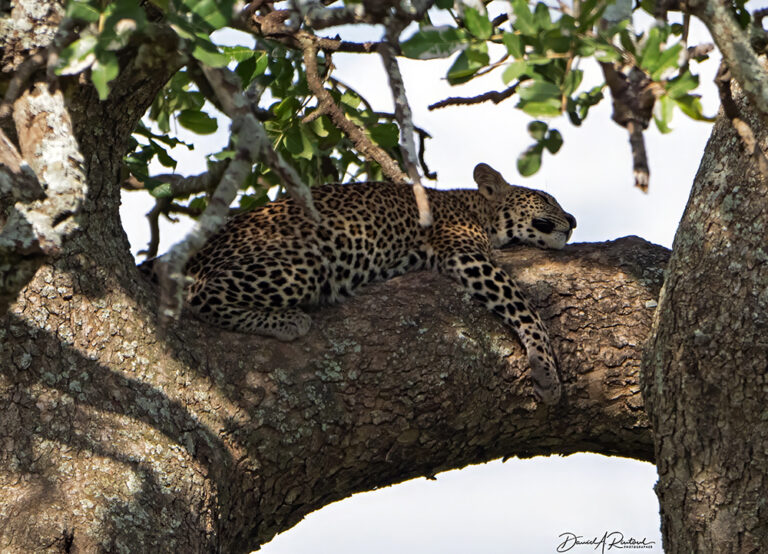
Last week featured the tree-climbing lions, which were notable because most lions don’t hang out in the trees. Here is a creature who is very much at home in the trees, doing what comes naturally to all felines, napping. We watched this Leopard (Panthera pardus) for quite some time, and while it did occasionally move or stretch, this was basically its posture for the time we were there. But I definitely would not want to be in that area after the sun went down. Click here for larger image.
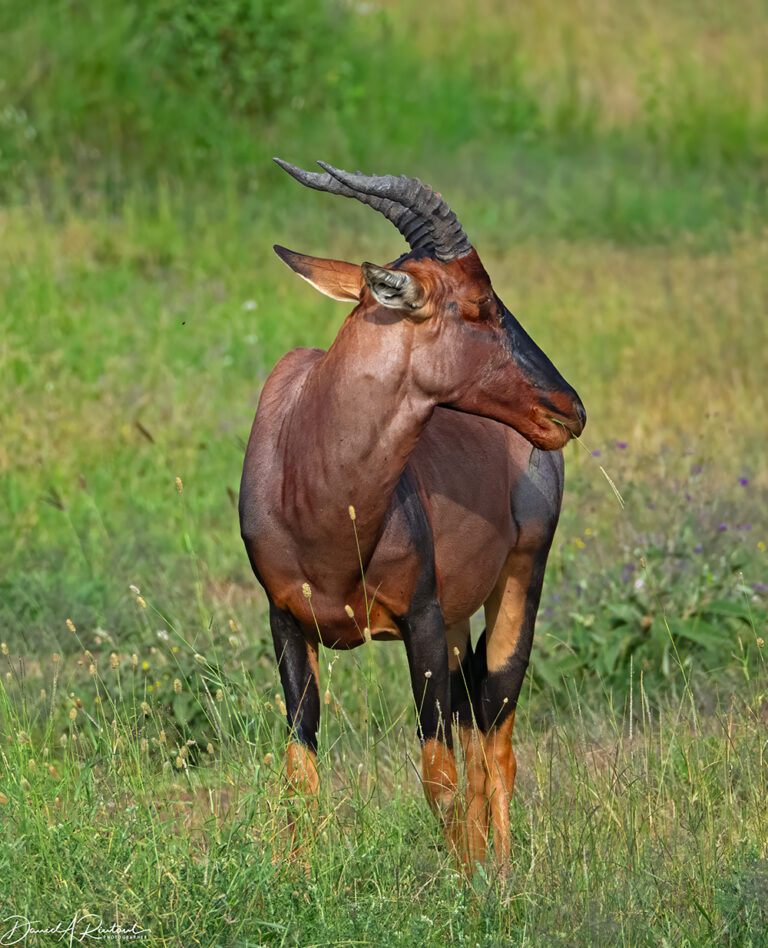
Another mammal that probably would not want to be near that leopard was this Topi (Damaliscus lunatus). Previous installments of this series have also featured this antelope, but since I think that they are frankly gorgeous, you get another look! Click here for larger image.
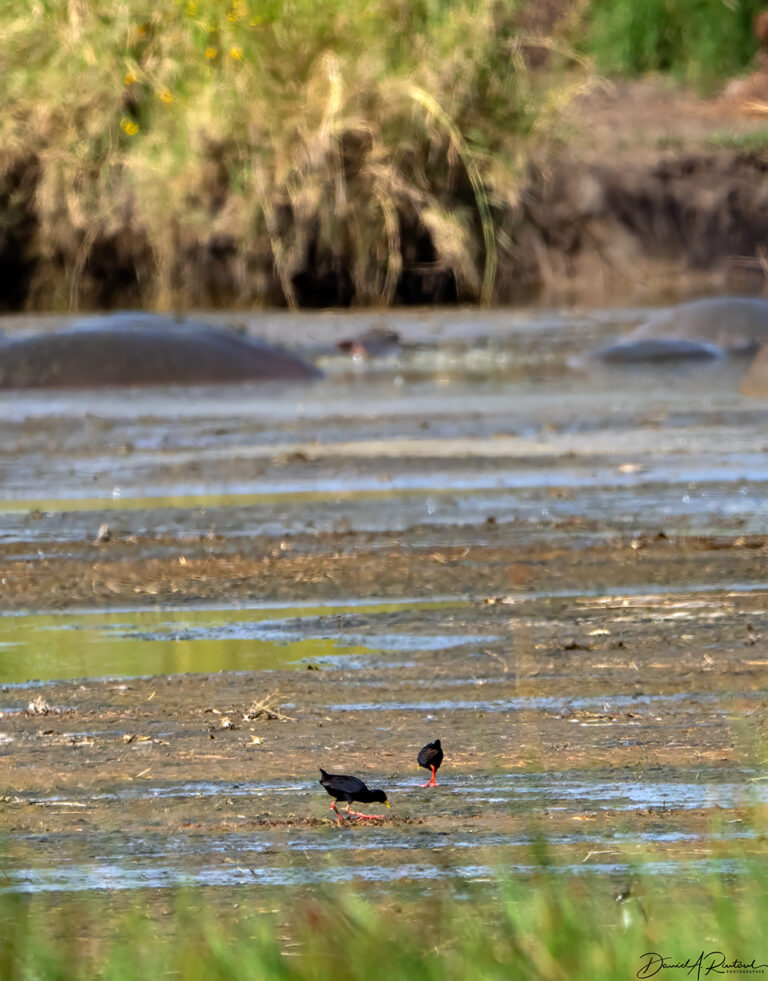
One more mammal, but also some birds! We stopped near a very muddy and fetid pool which was teeming with hippos. We tried our best to stay upwind of this olfactory insult, but occasionally some of the stench would waft our way, and I have to say that a hog farm sewage lagoon actually smells more pleasant than this place. But in front of the miasma were some life birds, a pair of Black Crakes (Zapornia flavirostra), mucking about and, like us, keeping a safe distance from the septic tank o’hippos. Unlike most members of the rail family, these guys forage in the daytime and in the open. And this was the only sighting of this species that I had on the trip. Click here for larger image.
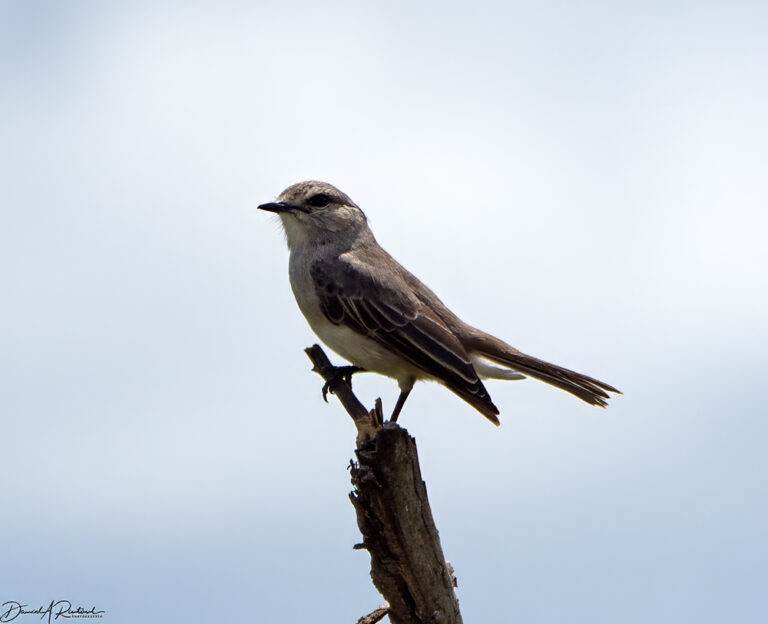
Another sighting that day that was a life bird and also a one-off was this African Grey Flycatcher (Bradornis microrhynchus). Like lots of flycatchers, it hunted from this exposed perch, regularly sallying out to catch some insect or other. Click here for larger image.
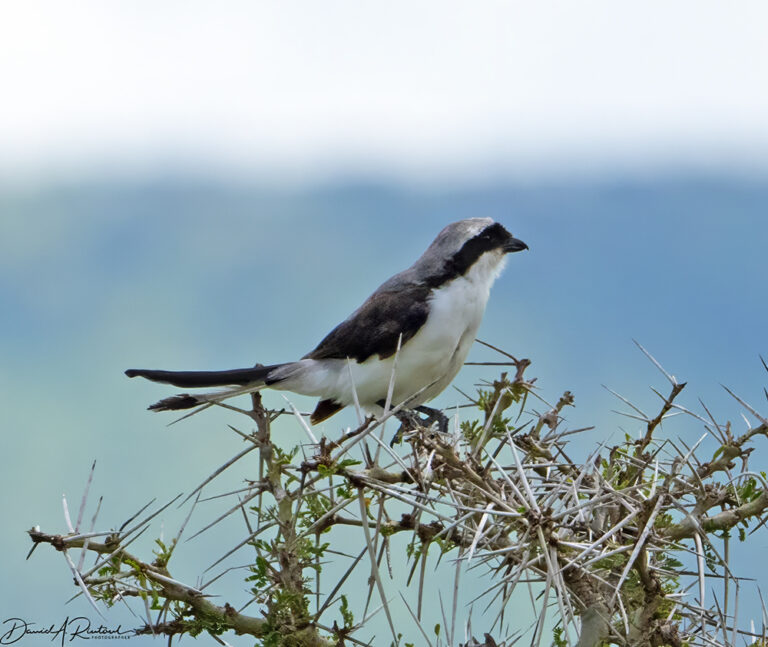
Just down the “road” from that flycatcher was this Grey-backed Fiscal (Lanius excubitoroides), another shrike that has been blessed with the moniker “Fiscal”. This is an East African species, and is apparently quite sedentary, so if you want to see one, you will have to visit East Africa. Which I would highly recommend! Click here for larger image.
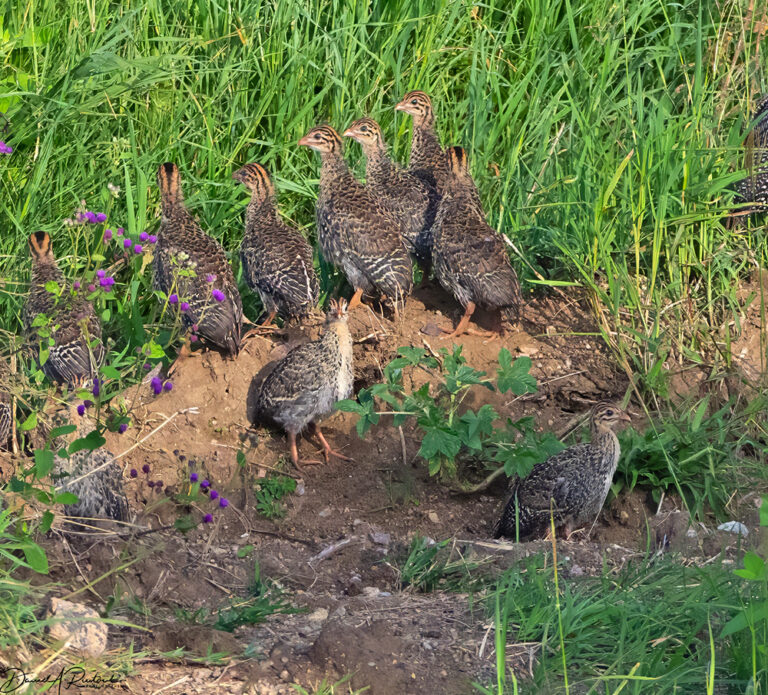
Helmeted Guineafowl (Numida meleagris), on the other hand, can be seen in farmyards across much of North America. But Africa is their native land, and we saw plenty of them there as well. These young chicks were hanging out by the side of the road with some parental supervisors, who are off-camera and trying to get the chicks away from the road. Click here for larger image.
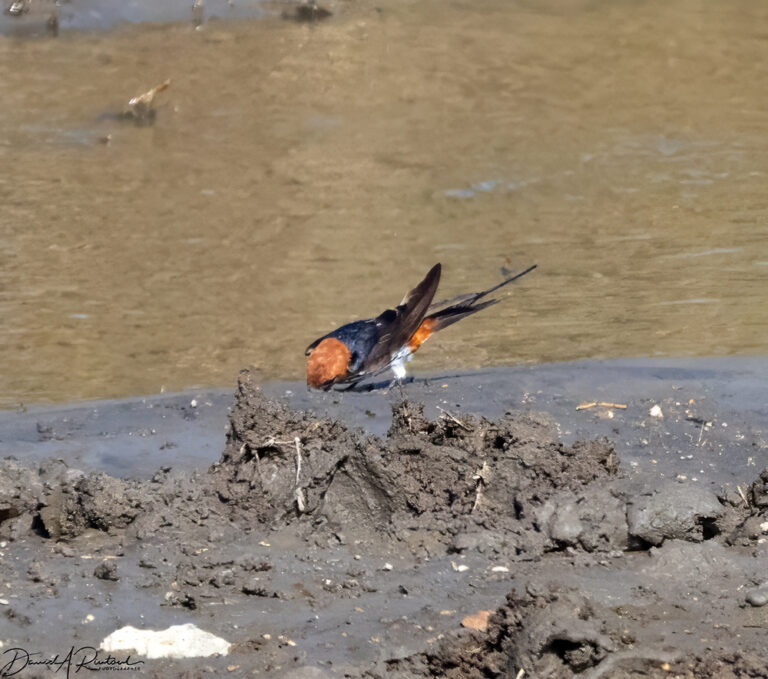
There are quite a few species of swallows in the Serengeti, and this is one of the common ones. Unfortunately all the individuals we encountered seems to be camera-shy, so this is the best picture I got during that trip. It is a Lesser Striped Swallow (Cecropis abyssinica), gathering mud to use in building its nest. Here’s a video (not mine) of one of these guys, hard at work at the same task. Click here for larger image.

Another bird that you have seen here before, the White-headed Buffalo-Weaver (Dinemellia dinemelli), is a striking bird, especially when you can see the red epaulets and red undertail coverts. Besides being noteworthy for having two hyphens in its name, the genus and species names are almost identical. When I tried to find out where those names came from, I found that it was named by Ruppell in honor of “… Dinemelli, a collector in Ethiopia about whom nothing is known.” Sic transit gloria mundi. Click here for larger image.
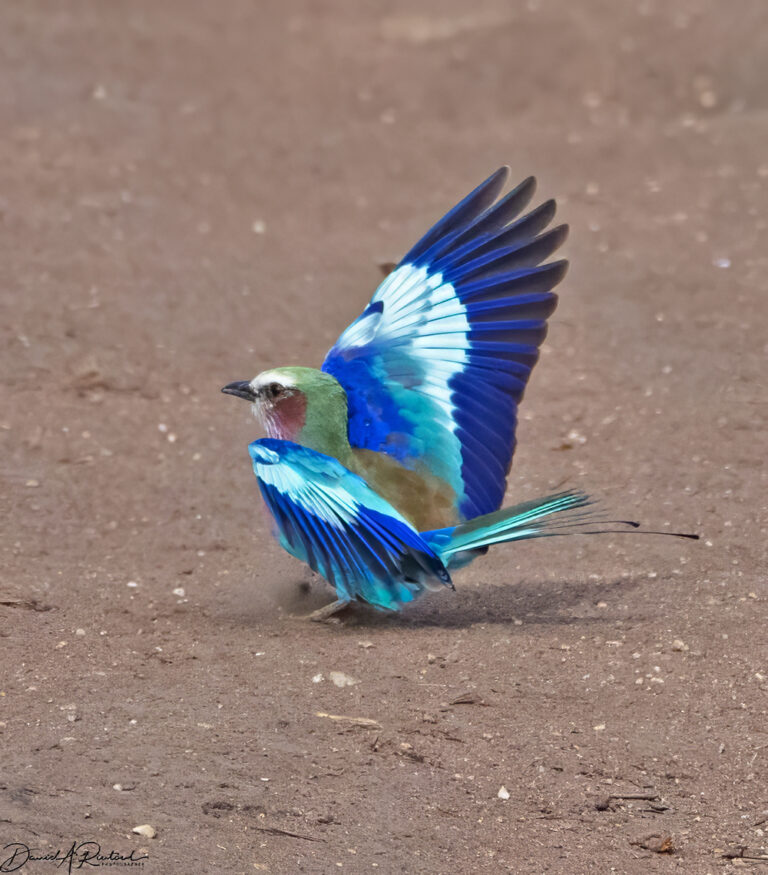
We saw lots of Lilac-breasted Rollers (Coracias caudatus), but I never tired of seeing them. I did want to get a shot of one of these in flight, since they sport some astoundingly flashy electric-blue wing patches ,formed by the primary coverts and the bases of the primaries and secondaries. This is the best shot I got; I’ll have to go back sometime and try again to see if I can get one like this! Click here for larger image.
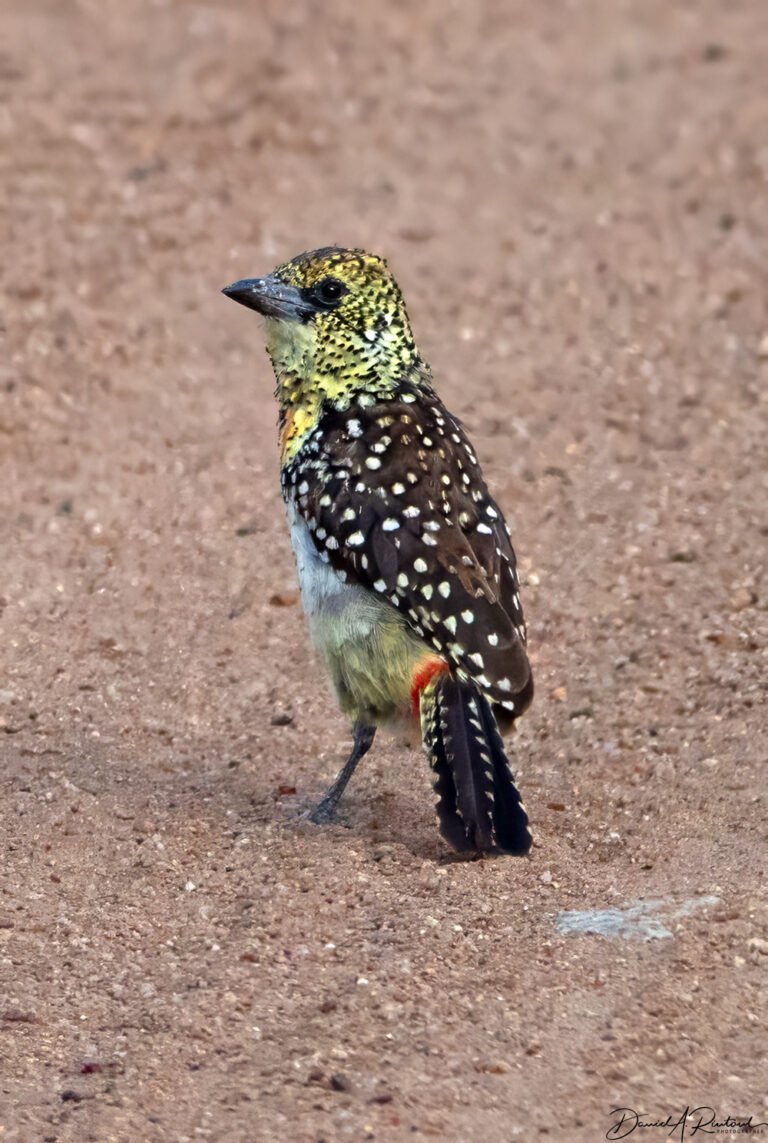
One of the very last birds we saw as we neared the Semetu tent camp was a pair of Usambiro Barbets (Trachyphonus usambiro), formerly considered to be a subspecies of D’Arnaud’s Barbet (Trachyphonus darnaudii). In fact, some taxonomic schemes still have them lumped, with this one tagged as Trachyphonus darnaudii usambiro. Regardless of its name, it has a very limited range in Kenya and Tanzania. And it is a very handsome barbet, for sure. Click here for larger image.

 War for Ukraine Day 508: A Brief Sunday Night Update
War for Ukraine Day 508: A Brief Sunday Night Update
J R in WV
Always amazing!
Thanks so much
ETA. Frist!
Baud
@J R in WV:
Hope you are doing well.
You’re usually last in BJ threads.
Torrey
It is always a pleasure to be greeted by pictures of dinosaurs in the morning, and your explanations are an added bonus. Much thanks.
Dorothy A. Winsor
Great pics. But then, it’s Albatrossity, so of course!
JPL
Love the leopard’s prints.
WaterGirl
My dog Bailey was black and white, and there were so many small touches – like when he was little, one tiny testicle was black and the other was white – that I used to say that Bailey was hand-painted by god.
That’s what I thought of when I saw some of these beautiful bird photos today. The last 2 were definitely hand-painted by god.
Dagaetch
Beautiful pictures! Going on a safari in Africa is top of my bucket list.
J.
Great photos, as usual!
lashonharangue
Wonderful pictures! I tried and failed many times to get a picture of the Lilac-breasted roller in flight. Almost worth a trip to Africa just for that.
Yutsano
The lilac-breasted roller reminds me of a flamenco dancer. Such a striking bird! And lazy leopard is probably best leopard. Africa looks amazing. It’s on my maybe will go but not sure list.
YY_Sima Qian
Very nice pics!
pieceofpeace
@J R in WV: Great to see you here!
pieceofpeace
Thanks for your inspiring, life-lifting pictures which give a lift and smile.
The Topi resembles majesty with a touch of sci-fi…
Trivia Man
I’m curious how large your life list is now. Anything left on your bucket list that seems attainable someday?
Albatrossity
@Trivia Man: I honestly don’t keep track of the numbers, but I do know when I am looking at a bird that I have not seen before! I’m more interested in the photography aspect than I am in making long lists
And yes, there are lots of birds on my bucket list, based mostly on places that I have not visited. Hope to see a Quetzal someday, for example. And that should be attainable!
CaseyL
@J R in WV: Great to see you check in!!
Albatrossity, those photos are absolutely amazing. Your patience and diligence getting pictures of the camera-shy critters pays off in a big WOW.
Your report on your trip to Africa is making me think about putting it back on my bucket list (removed only because Africa is so damn hot, and I can’t stand hot weather).
Albatrossity
@CaseyL: Africa should be on everybody’s bucket list. I’d go back in a heartbeat.
And even though we were only a few degrees south of the equator, it wasn’t oppressively hot because of the altitude. Serengeti is at 3000-5000 ft; it was pleasantly cool at night and in the mornings. Ngorongoro Crater is even higher; the floor of the caldera is 6000 ft and the rim is nearly 8000. It got cold in the morning up there!
The coastal parts of Kenya and Tanzania would probably not be to your liking, but if heat is what is keeping you away from the Serengeti, it shouldn’t!
BigJimSlade
Great pictures! Especially the Lilac-breasted Roller – what wonderful blue :-)
way2blue
@Albatrossity:
Ah. Quetzal is on my list too. Along with sea horses… Came close in Panama. The day we were leaving the village of Volcán, the Canadian couple in the flat above said there was a nearby bush full of Quetzal—early in the morning. Grr.
way2blue
That last bird—the Barbet. Wow. Very spiffy! Thanks again Albatrossity for sharing your photos. Always a Monday morning pleasure.
CaseyL
@Albatrossity: “Cold in the morning” is music to my ears :)
Thanks for the info – I’ll look at tours in the mountains, then.
Paul in KY
Africa sure has some beautiful birds!
A woman from anywhere (formerly Mohagan)
@Albatrossity: I agree. We went to Tanzania in late May and the night we spent in tents on the rim of the Ngorongoro Crater was COLD (but we were warm, since we had been warned by the safari company to bring warm clothes). The weather was pleasant and not too warm. Compare to Crete in May!! We spent a day in Dar el Salaam on the way home and that was warm, but that is the tropical coast, not the Central Highlands.
Love the picture of the LBR. I had never noticed the 2 outer tail feathers. Very spiffy!
TriassicSands
No creature on earth has any excuse for being as beautiful as the Lilac-breasted Roller. Shame on them.
The D’Arnaud’s Barbet is less “beautiful” than it is striking to me, but still quite a looker. However, I find most birds beautiful in form if not coloring, even birds as “plain” as the African Grey Flycatcher and Grey-backed Fiscal. I like grey and black.
But the Lilac-breasted Roller? C’mon. Did they bribe somebody?